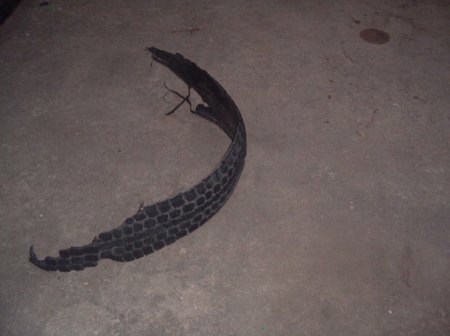Spring is in full swing on Ocracoke Island! Flowers are blooming, more vacationers are arriving, and seasonal wildlife creatures are beginning to make their annual appearance! Red-winged blackbirds can be seen fluttering about, cedar waxwings are here to feast on cedar tree berries, and mockingbirds can be heard making quite a racket and copying the pretty calls of their other feathered friends! Shore birds are also beginning to pop up as they prepare for their nesting season. American oystercatchers, piping plovers, willets, and sanderlings are all frolicking along the shore and on the flats, no doubt bringing joy to avid birders.
Reptiles are also springing up everywhere. Alligator snapping turtles and box turtles have been spotted along the highway, throughout the village, and along the salt marsh canals recently, and soon sea turtles will be making their yearly journey to shores of Ocracoke to lay nests.
In recent weeks wildlife experts from North Carolina, Virginia, and Maryland have seen a rare creature also gracing Ocracoke with their presence. Rubberous alligaterous, better known as Alligatires, ranging in length from three to six feet, have been spotted along highway 12, near the salt marshes. The animals have dark grey skin with distinct ridges and scales from their heads to their tails, and have no noticeable teeth or eyes. Scientists who have been studying the creatures are amazed by the species’ habits, and they’re ready to go public with some of the findings.
“These creatures, unlike their relatives, appear to be herbivores,” explained Dr. Joe King from Maryland University, adding, “They seem to love rolling around in and eating those horrible prickly sandspurs!”
Doctoral student Ivanna Laff, from East Virginia University, has described how alligatires move and deceive any predators. “Their reptilian relatives are known for being super-duper fast moving animals, but these guys? When faced with a threat, these guys are able to manipulate their bodies and remain so still they appear to be inanimate objects! They are even capable of tucking their legs underneath their bodies while remaining virtually motionless!” The young scientist continued by detailing what was observed when people not in vehicles passed the creatures. “When people walked or biked near the alligatires they didn’t seem to be the least bit concerned. These passersby didn’t even seem to notice there was a new species right in front of them, which is potentially why it took so long to discover them.”
Southern North Carolina University biology professor Rainn E. Daye added more to discussion, saying, “…these alligatires only seem to move when vehicles, going at a high speed, travel passed them. They wiggle and wobble and move closer to the vegetation, which grows out of the sand. We tried filming their movements in daylight, but it appears these creatures are primarily nocturnal.”
Professor Daye explained how the team set up night-vision recording equipment in an effort to gain more knowledge about the newly discovered alligatires. “As foolish as it sounds, the video recording data we collected shows these animals appearing literally out of nowhere. We are beginning to think the bright headlights of vehicles draw the animals out of the water.”

Ivanna Laff continued, saying, “We believe, based on their daytime actions (or really, the lack thereof), alligatires are drawn to light, which produces warmth, and reptiles love to bask in the warmth of the sun. Alligatires appear to be no different! They’re probably following the bright headlights thinking what they’re seeing is the sun.”
The scientists urge motorists, pedestrians, and cyclists to carry on about their normal activities when on the highway. “At this point in our research,” said Dr. Joe King, “we don’t see any need for panic from the local population or visitors. The animals really do appear to be quite non-threatening. Still, since they are wild animals, we recommend observers don’t get too close to any alligatire.”
Have you seen an alligatire? We want to see your photos! Happy adventuring!
